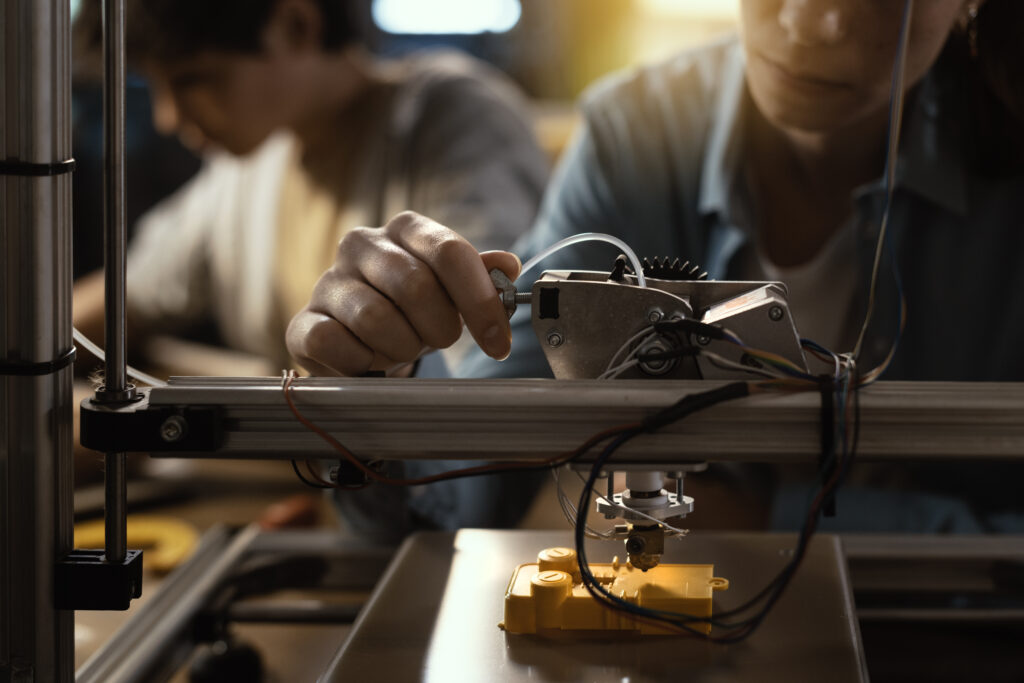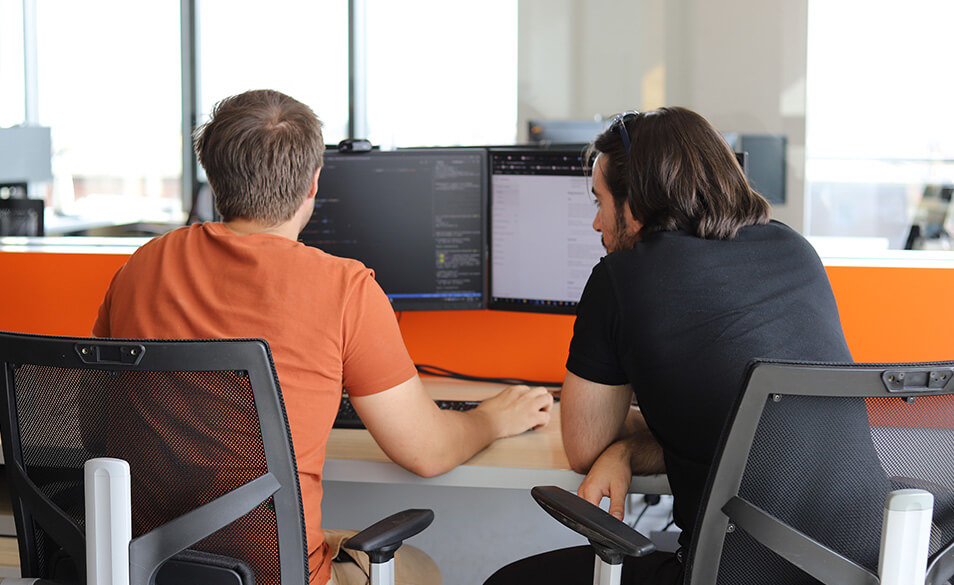In an era where speed and innovation reign supreme, rapid prototyping has emerged as a transformative force in product development. Companies are no longer confined to lengthy design cycles that stifle creativity and slow progress.
Instead, they embrace a dynamic approach, iterating ideas in real time, materializing concepts at a breakneck pace. Rapid prototyping shifts the focus from theoretical designs to tangible models, allowing teams to test, validate, and refine their visions before they even hit the market.
This method not only accelerates development timelines but also fosters a culture of collaboration among engineers, designers, and stakeholders. By harnessing cutting-edge technologies, businesses can adapt more swiftly to shifting consumer demands, laying the groundwork for groundbreaking innovations that capture attention and drive success.
Welcome to a world where imagination meets execution—where rapid prototyping is not just a tool, but a catalyst for change.
The Role of Rapid Prototyping in Product Development

Rapid prototyping serves as a transformative force in the realm of product development, acting as a bridge between conceptualization and tangible creation. It empowers designers and engineers to quickly materialize ideas, allowing for the rapid visualization of concepts that were once confined to the realm of sketches and specifications.
By employing techniques such as 3D printing, agile methodologies, and iterative testing, teams can accelerate the feedback loop, catching flaws early and refining designs in real time. In this context, a rapid prototyping service becomes invaluable, providing the tools and expertise necessary to transform initial concepts into physical models swiftly.
This service facilitates an iterative approach that not only enhances creativity but also minimizes costly late-stage revisions, ensuring that products are not just functional but also deeply aligned with user needs and market demands. In essence, rapid prototyping fosters innovation by transforming uncertainty into clarity, thus empowering organizations to navigate the complexities of modern market dynamics with agility and flair.
Tools and Technologies in Rapid Prototyping

In the realm of rapid prototyping, an array of tools and technologies plays a pivotal role in transforming abstract concepts into tangible realities. 3D printing stands out as a game-changer, enabling designers to produce intricate models quickly and cost-effectively, while CNC machining offers precision and finesse for parts that demand exact specifications.
Software like CAD (Computer-Aided Design) empowers engineers to visualize their ideas in three dimensions before they hit the fabrication floor, reducing errors and enhancing collaboration. Furthermore, advanced technologies such as virtual reality (VR) and augmented reality (AR) are revolutionizing the prototyping landscape, allowing teams to immerse themselves in a virtual environment where they can interact with their designs in real time.
This synergy of innovative tools not only accelerates the prototyping phase but also fosters a culture of experimentation, inviting creativity and iteration that can ultimately redefine product development paradigms.
The Future of Rapid Prototyping in Innovation

As we gaze into the horizon of rapid prototyping, one cant help but marvel at its transformative potential in the innovation landscape. With advancements in technologies such as 3D printing, augmented reality, and artificial intelligence, the prototyping process is evolving at breakneck speed.
Design iterations that once took weeks can now be executed in a matter of hours, allowing teams to swiftly pivot and refine concepts based on real-time feedback. Imagine a world where the spark of inspiration can be transformed into a tangible model within a single day, blending creativity with immediacy.
Moreover, the democratization of these technologies means that small startups and independent creators can compete on a level playing field with industry giants, fostering an environment ripe for revolutionary ideas. The future of rapid prototyping not only accelerates the pace of product development but also nurtures an ecosystem of collaboration and experimentation that could redefine industries as we know them.
Conclusion
In conclusion, rapid prototyping serves as a transformative force in the realms of product development and innovation, significantly reducing the time and costs associated with bringing new ideas to market. By enabling designers and engineers to quickly test and iterate on their concepts, this approach fosters a culture of experimentation and agility, ultimately leading to more refined and user-centric products.
As businesses increasingly embrace rapid prototyping services, they position themselves to stay ahead of market trends, adapt to consumer feedback, and enhance their overall competitiveness. Embracing this methodology not only accelerates the design process but also cultivates a dynamic environment where creativity and functionality can flourish side by side.




